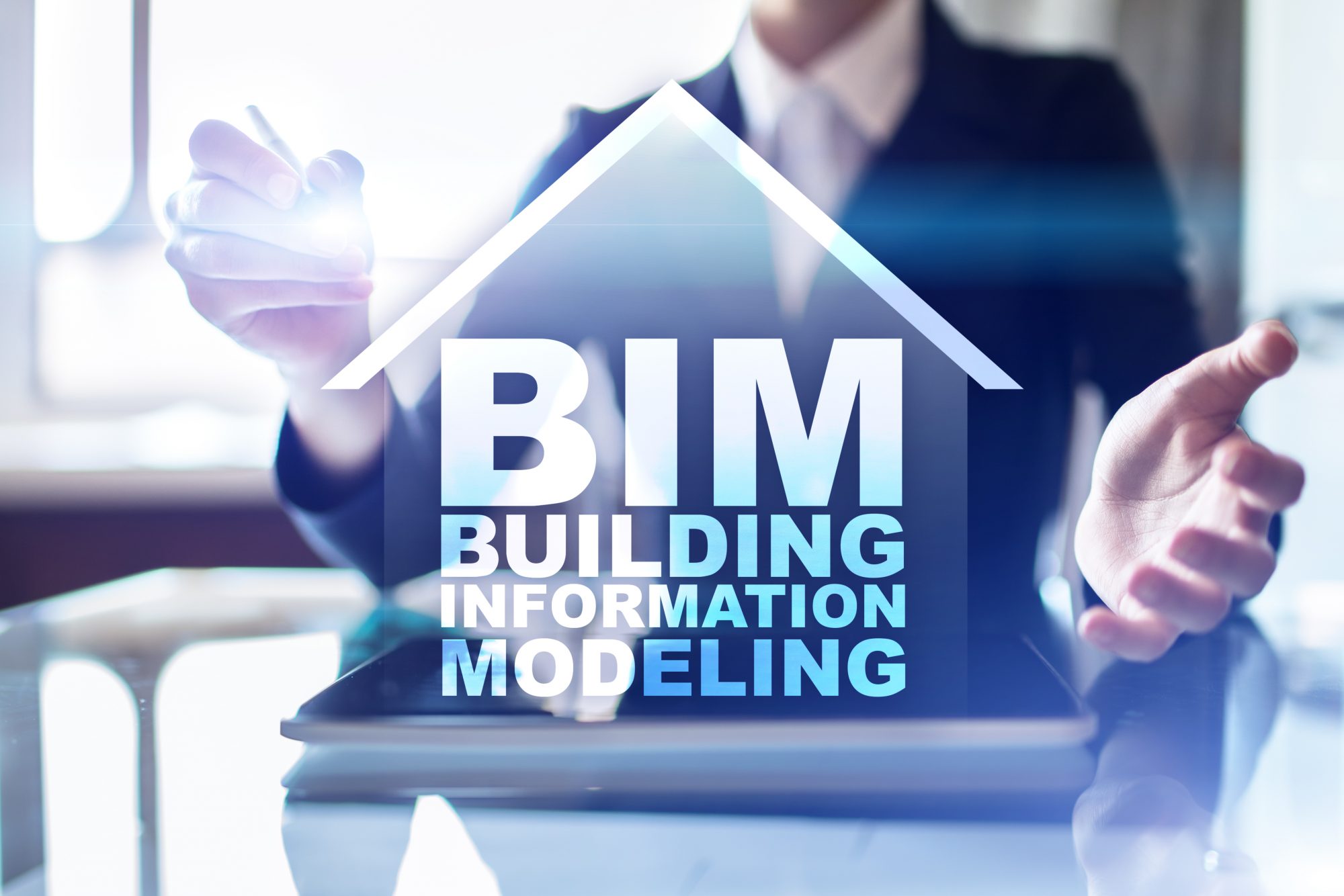Chris Wilson, energy manager, SPIE UK, discusses the substantial benefits of BIM in facilities management, creating the best possible management approach for facilities managers
Most people understand that Building Information Modelling (BIM) can support new-build construction with a coordinated digital description of every aspect. However, there can be a perception that BIM is generally for new build, but there is an opportunity to adequately consider the advantages for the management and refurbishment of existing buildings through operations. BIM allows for the management of information through a building’s whole life cycle, allowing facilities managers to optimise their performance to cultivate a more data-driven culture for greater efficiencies in facilities management (FM) delivery and building performance. The challenge is taking the collaboration that BIM fosters one step further through the use of technology.
All throughout the design, architecture, engineering and construction phases, a massive amount of data is created. By harnessing this data, BIM could deliver substantial benefits to the operational stage when combined with performance data from the Building Management Systems (BMS). This will provide improved Fault Detection Diagnostics (FDD), ensuring that assets perform as expected over time and the risk of energy wastage is mitigated, while delivering enhanced occupant satisfaction.
On a project, teams will typically share reliable data on all project phases from design through construction to site management professionals who will use it to inform the facility’s operations. However, as facilities managers usually do not have sight of all the information during the construction phase, it is common for knowledge gaps and inaccuracies to appear and impact the building’s maintenance. This prevents facilities managers from having a proper understanding of the performance gaps between what was designed and what has been handed over, and how it should be optimally run. By using BIM after the construction phase, these issues can be avoided. Facilities managers can access the information to integrate within their own systems without any loss or inaccuracy, resulting in a clear picture of what has been installed, how it ought to operate and the associated cost to ensure better programming of Planned Preventative Maintenance (PPM) or Condition Based Maintenance (CBM) activities.
Facilities management is a crucial part to be included in the BIM process
One major benefit of using BIM is that it encourages buy-in and collaboration from all stakeholders from day one. With facilities managers part of the conversation from the conceptual stage through to the operational stage, they can help inform decisions about the whole of the building’s life. For example, by bringing their unique insight into likely usage patterns and understanding from other buildings, facilities managers can have significant impacts on factors such as energy usage and sustainability.
BIM lays the foundation for the building’s operation by setting out the digital footprint of the building. In managing the asset to deliver optimum performance, real-time insights are needed. Factors such as energy output, temperature, weather conditions, occupancy level, patterns and safe occupation can be visualised through a Digital Twin, enhancing the facilities manager’s efforts to efficiently run a building.
A Digital Twin is a virtual representation of a building that can model and remodel the impact of different changes to that building’s environment, such as what happens to the air quality in a building when the HVAC is not performing, or how much more energy is used to heat a building if outside conditions exceed the design parameters. Not only can Digital Twins show what is happening right now, but they can be used to test different scenarios based on changes to different factors. This is increasingly relevant as building owners look to deliver on their Net Zero strategy. These models can be modified and run repeatedly to stress test systems and optimise operations. But the creation of a Digital Twin is impossible if you don’t have high-quality data, which is why using BIM to transition between the building and operational stages of a building’s lifecycle is crucial.
How does BIM deliver results for operations?
BIM is becoming useful in the entire building life cycle. By having high-quality data in a centralised location, BIM combined with a Digital Twin provides the necessary stakeholders with the information they always require. This is especially effective for most matters of asset optimisation, FDD, space utilisation, facilities, and project selection. BIM can also help organisations reduce costs at both delivery and operational stages by virtually modelling the facility as many times as necessary to create the optimum building within its constraints. As all parties are working together, projects can be visualised at an early stage, giving stakeholders cost certainty and improved satisfaction as it matches their expectations and needs.
Overall, BIM provides proactive insight into vital systems and fabrics and can model the effects and changes affiliated with upkeep, repair, or improvement. It is a system of record that integrates with vital management software to facilitate data-informed decisions, proving useful for facilities owners and managers at every level of decision-making.
Buildings are ultimately going to be smarter
As buildings are getting smarter, the use of sensors for measuring factors such as temperature, air quality, and building occupancy levels are increasing. This data can help optimise the running of a building. However, we need to have a base understanding of how a building is intended to operate first, and BIM can help provide that through accessible high-quality data. In turn, this will give stakeholders an effective view of how buildings are used. With improved insights deriving from BIM, facilities managers will have much better information to work with as they strive to create the best possible management approach. After all, better visibility leads to better decision-making.














